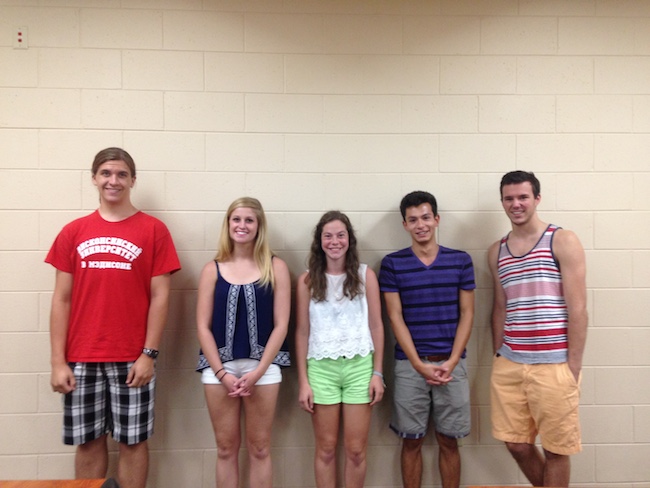RaDistance safety meter
Project Overview
Radioactive iodine (131I) can be used to destroy malignant tissue in patients with serious thyroid disorders. While this method is effective in treating the patient, remnants of the 131I remain in the body for up to six weeks post-treatment, and can be harmful to others in close or prolonged proximity. Patients that are discharged from the hospital post-treatment are warned about the negative effects of the radioactive iodine on others. A previous BME Design team designed a device in the form of a belt to notify the patient, via a buzzer and indicator LED, when a human breached a one-meter radius around the wearer. Our client, Dr. John Webster from the Biomedical Engineering Department, has requested a new device to be worn by the patient that would provide a more effective and discrete alert when individuals approach within this one-meter radius. The device must be able to detect when a human approaches from any direction, and should provide the wearer with a clearly observable form of feedback when proximity is detected. The device should not detect inhuman entities, and should not detect the wearer’s body. The device must be designed and fabricated within a one semester timeline using a budget of $100.
Team Picture

Files
- Final Poster (December 11, 2015)
- Preliminary Presentation (October 1, 2015)
- PDS (October 7, 2015)
- Preliminary Report (October 7, 2015)
- Final Report (December 9, 2015)
Contact Information
Team Members
- Kieran Paddock - Team Leader
- Alex Smith - Communicator
- Christina Sorenson - BSAC
- Rebecca Alcock - BWIG
- Gregory Wolf - BPAG
Advisor and Client
- Prof. Beth Meyerand - Advisor
- Prof. John Webster - Client
- Prof. Brian Bednarz - Alternate Contact
- Prof. Sarah Hagi - Alternate Contact
Related Projects
- Fall 2015: RaDistance safety meter
- Spring 2015: RaDistance safety meter
- Fall 2014: RaDistance safety meter
- Fall 2013: Radiation Distance Safety Meter
